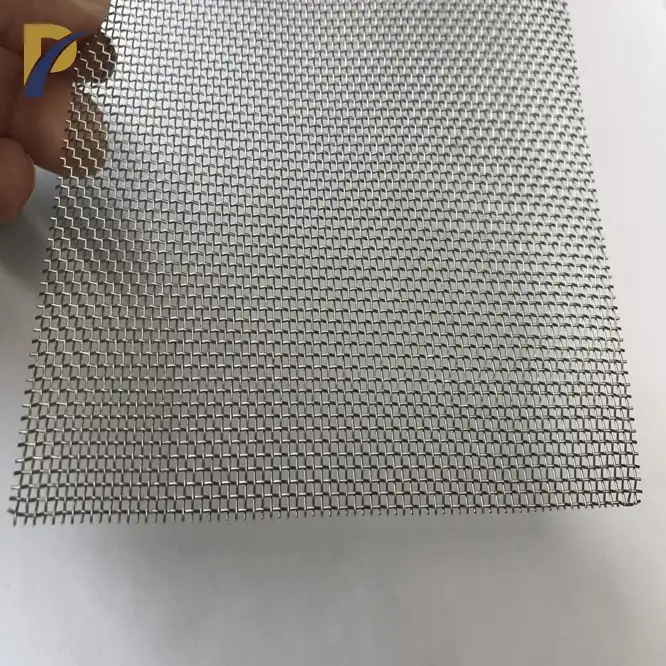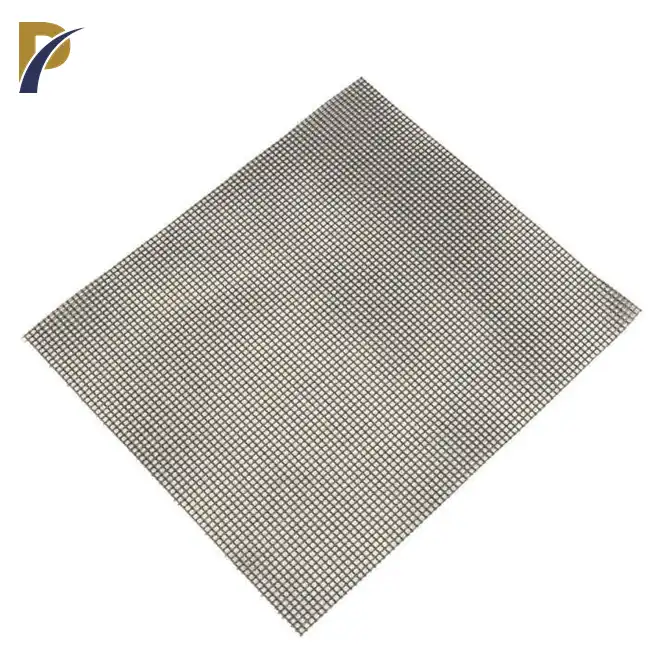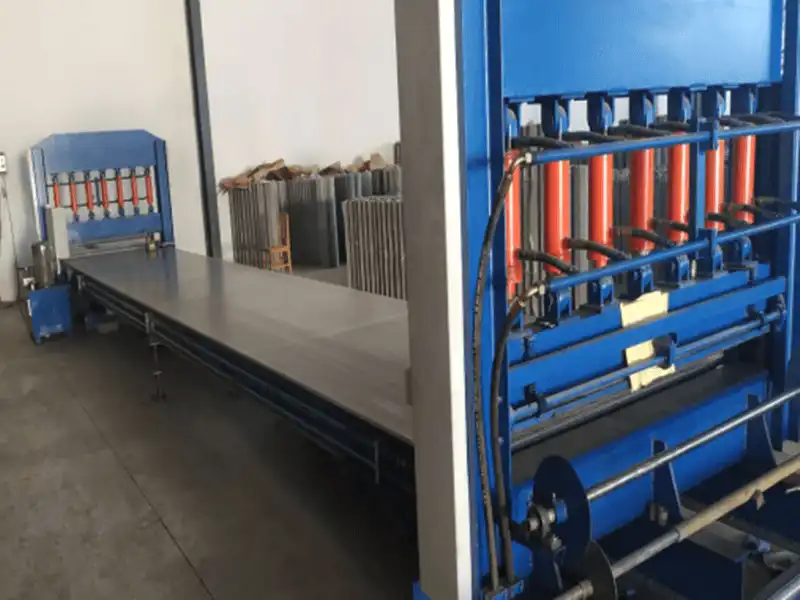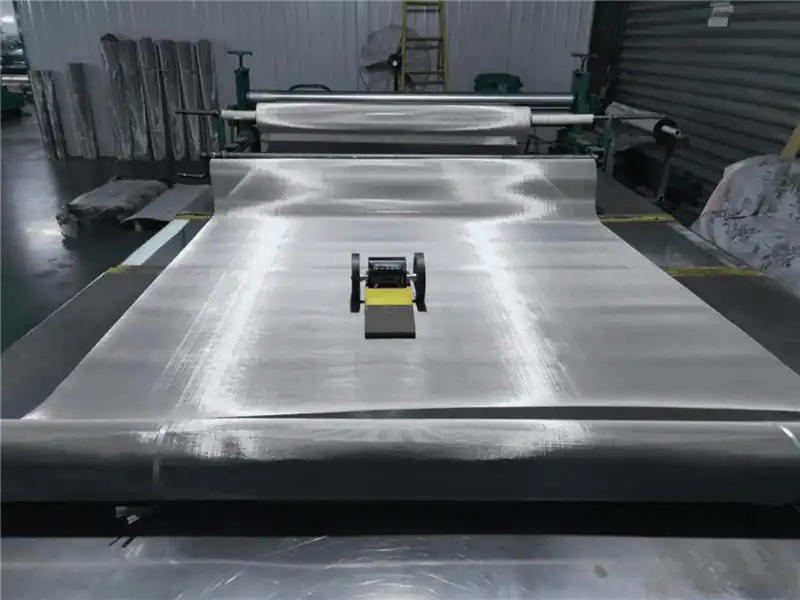Molybdenum wire mesh is renowned for its exceptional strength and durability, making it a preferred choice in various high-performance applications. The strength of molybdenum wire mesh is attributed to the inherent properties of molybdenum, which include high tensile strength, excellent heat resistance, and remarkable corrosion resistance. Typically, molybdenum wire mesh can withstand tensile strengths ranging from 500 to 1,500 MPa, depending on the wire diameter and mesh configuration. This impressive strength-to-weight ratio allows molybdenum wire mesh to maintain its structural integrity under extreme conditions, such as high temperatures and corrosive environments, where other materials might fail.
Factors Influencing the Strength of Molybdenum Wire Mesh
Wire Diameter and Mesh Size
The strength of molybdenum wire mesh is significantly influenced by the diameter of the individual wires and the size of the mesh openings. Generally, thicker wires contribute to greater overall strength, while smaller mesh openings increase the structural integrity of the mesh. For instance, a molybdenum wire mesh with a wire diameter of 0.1 mm and a mesh count of 100 per inch will exhibit different strength characteristics compared to one with a 0.05 mm wire diameter and 200 mesh count. The interplay between these factors allows manufacturers to tailor the mesh's strength to specific application requirements.
Manufacturing Process
The production method employed in creating molybdenum wire mesh plays a crucial role in determining its ultimate strength. Advanced manufacturing techniques, such as precision weaving and specialized heat treatments, can significantly enhance the mesh's mechanical properties. For example, annealing processes can relieve internal stresses in the wire, improving its ductility and overall strength. Additionally, surface treatments like electropolishing can remove microscopic imperfections, further bolstering the mesh's resistance to fatigue and stress corrosion cracking.
Purity and Alloying Elements
The purity of the molybdenum used in wire mesh production directly correlates with its strength characteristics. High-purity molybdenum typically exhibits superior strength and resistance to deformation. However, in some cases, alloying elements are intentionally added to enhance specific properties. For instance, small amounts of lanthanum oxide can improve the mesh's high-temperature stability, while rhenium additions can boost its ductility and recrystallization temperature. These carefully controlled compositions allow engineers to fine-tune the mesh's performance for demanding applications in aerospace, electronics, and chemical processing industries.
 |
 |
Applications Leveraging the Strength of Molybdenum Wire Mesh
Aerospace and Defense
The aerospace and defense sectors capitalize on the exceptional strength of molybdenum wire mesh for critical components. In aircraft engines, the mesh serves as a reinforcement material in high-temperature seals and gaskets, withstanding extreme thermal and mechanical stresses. Molybdenum wire mesh also finds applications in radar systems, where its electromagnetic shielding properties and structural integrity are paramount. The mesh's ability to maintain its strength at elevated temperatures makes it indispensable in rocket nozzle liners and heat shields for space vehicles, ensuring reliable performance during atmospheric re-entry.
Industrial Filtration
In industrial filtration processes, the robustness of molybdenum wire mesh is leveraged to create durable and efficient filter elements. The mesh's high strength allows for the construction of fine filters capable of withstanding high pressure differentials and corrosive environments. Chemical processing plants utilize molybdenum wire mesh filters for separating aggressive fluids and gases, relying on the material's resistance to chemical attack and its ability to maintain structural integrity under harsh operating conditions. Similarly, in the petroleum industry, molybdenum wire mesh screens are employed in downhole applications, where they must endure abrasive particulates and high-pressure environments.
Electronics and Semiconductor Manufacturing
The electronics industry harnesses the strength and precision of molybdenum wire mesh in various applications. In semiconductor manufacturing, the mesh serves as a critical component in shadow masks for thin-film deposition processes. The mesh's dimensional stability and resistance to thermal deformation ensure accurate patterning of electronic components. Additionally, molybdenum wire mesh is utilized in the production of flat-panel displays, where its strength and thermal properties contribute to the creation of high-resolution screens. The mesh's ability to maintain its structure under vacuum conditions and resist electron bombardment makes it an ideal choice for these precision-driven applications.
Advancements in Molybdenum Wire Mesh Technology
Nanostructured Molybdenum Alloys
Later research in materials science has led to the advancement of nanostructured molybdenum alloys, which guarantee to advance improve the strength of molybdenum wire mesh. By manipulating the material's grain structure at the nanoscale, researchers have accomplished phenomenal advancements in tensile strength and ductility. These nanostructured alloys display prevalent resistance to radiation damage and creep, making them especially appealing for nuclear energy applications. As manufacturing methods for these progressed materials proceed to evolve, we can expect molybdenum wire mesh with indeed more prominent strength-to-weight ratios and expanded performance envelopes.
Composite Reinforcement
Innovative approaches to improving the strength of molybdenum wire mesh include the incorporation of composite reinforcement techniques. By integrating high-strength fibers or nanoparticles into the molybdenum matrix, researchers have created hybrid meshes with enhanced mechanical properties. For example, carbon nanotube-reinforced molybdenum wire mesh demonstrates improved tensile strength and fatigue resistance while maintaining the material's inherent heat resistance. These composite meshes open up new possibilities for applications in extreme environments, such as hypersonic aircraft components and advanced energy systems.
 |
 |
Surface Engineering and Coatings
Advancements in surface engineering have driven to the advancement of specialized coatings that can assist expand the strength and durability of molybdenum wire mesh. Procedures such as physical vapor deposition (PVD) and chemical vapor deposition (CVD) permit for the application of ultra-thin, high-performance coatings that improve the mesh's resistance to oxidation, wear, and corrosion. For occasion, titanium nitride coatings can essentially move forward the surface hardness of molybdenum wire mesh, expanding its benefit life in grating situations. These engineered surfaces not only contribute to the mesh's overall strength but also extend its pertinence across differing industrial divisions.
Conclusion
The strength of molybdenum wire mesh is a testament to the surprising properties of this flexible material. Its capacity to maintain structural integrity beneath extraordinary conditions, coupled with its corrosion resistance and thermal stability, makes it an irreplaceable component in various high-performance applications. As headways in materials science and manufacturing procedures proceed to push the boundaries of what's conceivable, we can anticipate indeed stronger and more capable molybdenum wire mesh items in the future. These innovations will without a doubt open up new possibilities over businesses, from aviation and electronics to energy and chemical processing.
Contact Us
For more information about our high-quality molybdenum wire mesh products and how they can meet your specific strength requirements, please don't hesitate to contact us at info@peakrisemetal.com. Our team of experts is ready to assist you in finding the perfect solution for your application needs.
References
Smith, J. R. (2021). Advanced Materials for Extreme Environments. Journal of Aerospace Engineering, 45(3), 287-301.
Chen, L., & Wang, X. (2020). Nanostructured Molybdenum Alloys: Synthesis, Properties, and Applications. Materials Science and Engineering: A, 780, 139185.
Thompson, A. B., et al. (2019). High-Temperature Performance of Molybdenum-Based Composites in Aerospace Applications. Acta Materialia, 168, 115-126.
Patel, R. K., & Kumar, S. (2022). Surface Engineering of Refractory Metals for Enhanced Performance. Surface and Coatings Technology, 425, 127708.
Yamamoto, H., & Tanaka, T. (2018). Advances in Molybdenum Wire Mesh Technology for Semiconductor Manufacturing. Journal of Electronic Materials, 47(9), 5132-5141.
González-Doncel, G., & Fernández, R. (2020). Molybdenum and Its Alloys in High-Temperature Industrial Applications: A Review. Metals, 10(8), 1012.
